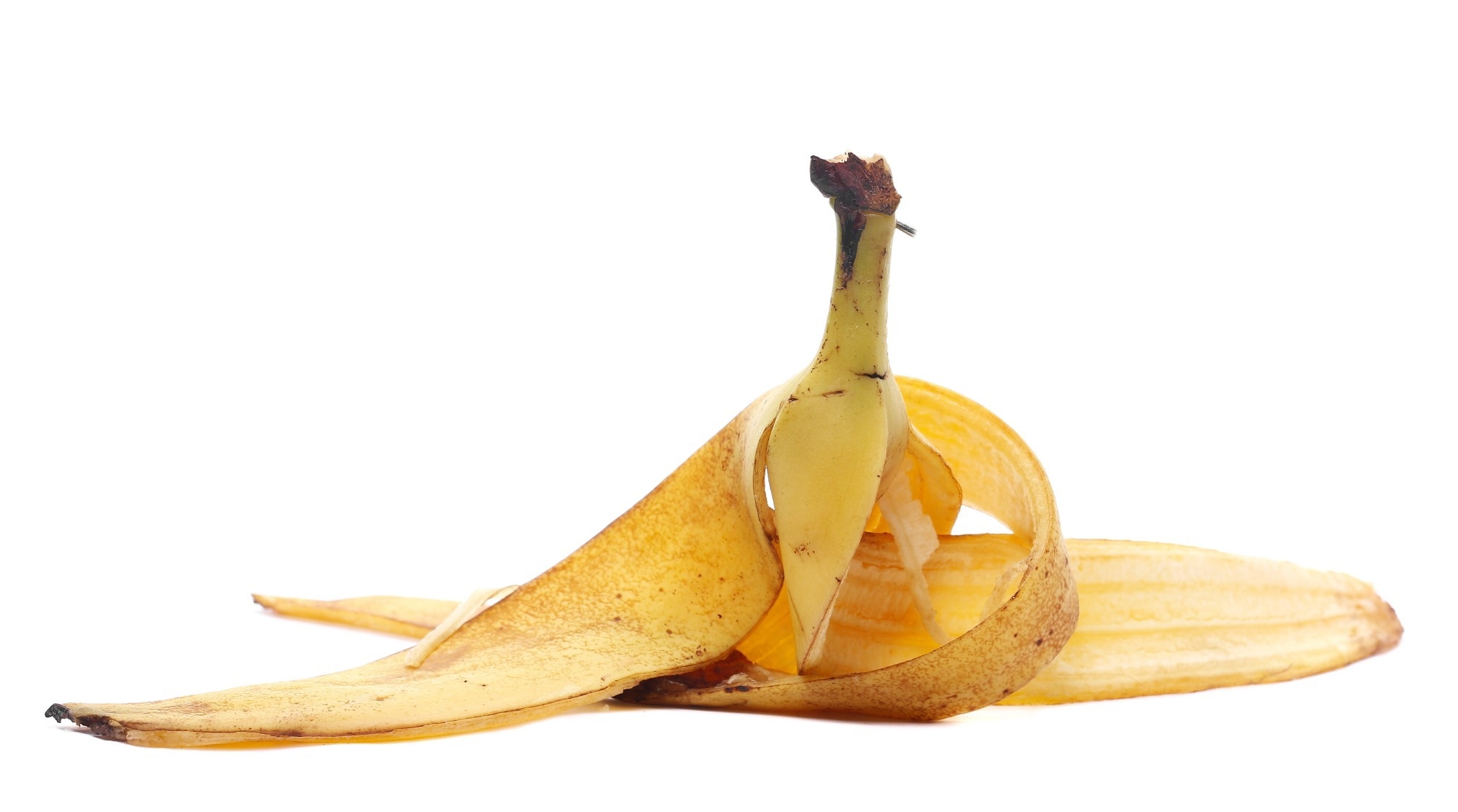Scientists have turned banana peel waste into powerful battery materials, creating an eco-friendly anode that keeps lithium-ion batteries working even at -30 °C.
 Image Credit: xpixel/Shutterstock.com
Image Credit: xpixel/Shutterstock.com
The work, published in Energy & Environmental Materials, presents a green synthesis for producing SnO2 nanoparticles and SnO2/carbon composites that could extend battery performance in extreme environments while cutting environmental costs.
Why Banana Peels?
Lithium-ion batteries are critical for renewable energy storage and electric vehicles, but their performance drops sharply at low temperatures. Developing electrode materials that work in subzero conditions is a major challenge, as is reducing the environmental impact of battery production.
Tin oxide (SnO2) has potential as an anode material because of its high theoretical capacity. However, it suffers from significant volume expansion during charge and discharge cycles, causing capacity loss and structural damage.
Carbon, especially when derived from biomass, can counteract this issue by buffering volume changes and improving conductivity. Banana peels, rich in natural polyphenolic compounds, offer a unique dual function: they act as both a reducing agent to form nanoparticles and a carbon source to strengthen the composite.
How The Process Works
The process to create this material begins with the bananas: washing, drying, and powdering the peels, then preparing an aqueous extract from the powder. Rich in flavonoids and phenolic acids, this extract reduced tin ions and stabilized the growth of nanoparticles, producing SnO2 particles just four to 10 nanometres in size.
Leaving nothing to waste, the leftover banana peel material was converted into hard carbon and combined with the nanoparticles through ball milling. The optimal blend, a 7:3 ratio of SnO2 to carbon, was characterized using SEM, TEM, XRD, and CHNS/O analysis.
Characterization confirmed the crystalline rutile structure of SnO2, uniform nanoparticle distribution, and the added carbon content that boosts electrical conductivity.
Performance At Subzero Temperatures
The SnO2/carbon composite showed remarkable electrochemical performance compared to conventional anode materials at low temperatures. The carbon matrix provided added structural stability, reducing the strain caused by repeated cycling and improving charge transport.
At -20 °C, the composite maintained reversible capacities above 600 mAh g-1 after 100 cycles, a considerable improvement over standard materials. Even at -30 °C, often considered a "red zone" for LIBs, the material held about 383 mAh g-1 after extended cycling tests.
This resilience highlights the composite’s ability to sustain both its capacity and stability under harsh conditions.
Sustainable Science With Industrial Potential
Beyond performance, the synthesis stands out for being almost entirely green. Unlike traditional synthesis routes that rely on hazardous chemicals and energy-intensive processes, this approach uses waste biomass and simple processing steps, making it substantially more eco-friendly.
This is more than a proof of concept, according to the researchers. Showing that banana peel waste can be transformed into high-performance anode materials opens the door to wider use of biomass-derived composites in energy storage.
Their framework could also be extended to other metal oxides, broadening its impact across next-generation battery technologies.
Download your PDF now!
Conclusion
The study demonstrates that a low-cost, sustainable route to producing anodes capable of powering LIBs in extreme cold is possible, without compromising capacity or stability.
By converting banana peels into high-value materials, the researchers combine environmental responsibility with cutting-edge battery science. The study points to a future where waste streams fuel cleaner, more efficient energy technologies.
Journal Reference
Issatayev N., et al. (2025). Green Synthesis of SnO2 Carbon Composite Anode for Low-Temperature Lithium-Ion Batteries. Energy & Environmental Materials, 0, e70121. DOI: 10.1002/eem2.70121, https://onlinelibrary.wiley.com/doi/10.1002/eem2.70121